Mausoleo di Galla Placidia
( Mausoleum of Galla Placidia )The Mausoleum of Galla Placidia is a Late Antique Roman building in Ravenna, Italy, built between 425 and 450. It was added to the World Heritage List together with seven other structures in Ravenna in 1996. Despite its common name, the empress Galla Placidia (d. 450) was not buried in the building, a misconception dating from the thirteenth century; she died in Rome and was buried there, probably alongside Honorius in the Mausoleum of Honorius at Old Saint Peter's Basilica.
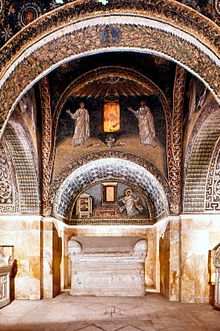 Interior view, showing the southern lunette.
Interior view, showing the southern lunette.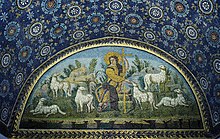 The Good Shepherd
The Good Shepherd Ceiling
CeilingThe "mausoleum" of Galla Placidia, built 425–450, is a cruciform chapel or oratory that originally adjoined the narthex of the Church of the Holy Cross (Santa Croce) in Ravenna, which was built in 417 as the church for the imperial palace.[1][2] It was probably dedicated to Saint Lawrence.[1]
Aelia Galla Placidia, the likely patron of the building's construction, was the daughter of Theodosius I and Galla, the daughter of Valentinian I. Raised by Serena, wife of Stilicho, she was made nobilissima in her youth and granted a palace by her father in Constantinople.[2] She received an advanced education both secular and religious, as is evident from her letters.[2] She married Athaulf, King of the Visigoths in 414 in Spain after moving to the West, though he soon died and she married the patricius Constantius (later Constantius III) in 417. Their children were Justa Grata Honoria and Valentinian III.[2] Constantius III was elevated as co-emperor of the West in 421 by Honorius, who lacked an heir, and Galla Placidia was made augusta; Constantius died the same year and Galla Placidia fled to Constantinople.[2] When Honorius died in 423, the primicerius notariorum Joannes succeeded as augustus in the West; thereafter Theodosius II, augustus in the East, moved to install Galla Placidia's son Valentinian as emperor in the West instead, appointing him caesar.[2]
The building dates from after 425; in that year the six-year old Valentinian III took office as augustus in 425 and Galla Placidia's title as augusta was again secured – she ruled as regent for her son for twelve years. Her political influence waned with the growing maturity of her son and the rise to prominence of the patricius Flavius Aëtius in the 430s, but she remained powerful until she died in 450. She was an active patron of religious institutions, building churches at Ravenna, Rome, and Jerusalem.[2] She contributed to the refurbishment of Saint Paul's outside-the-walls (San Paolo fuori le Mura), as recorded in an inscription there.[3]
A basilica in Ravenna dedicated to Saint John the Evangelist (San Giovanni Evangelista) was also built by Galla Placidia after 425; it commemorated the augusta's and her children's deliverance from a threatening storm during a sea-voyage and was adorned with portraits of her and other members of the Theodosian dynasty.[1] The basilica did not survive the Second World War.[1] According to the mediaeval Liber Pontificalis Ecclesiae Ravennatis, an inscription on the apse of that basilica recorded the buildings status as an ex-voto in gratitude for Galla Placidia's survival at sea.[1] The Liber Pontificalis also claims her burial was at the monasterium of Saint Nazarius at Ravenna.[1] This claim, originally probably made in Rome, is the probable origin of the misconception that Galla Placidia was buried in Ravenna, rather than in Rome, which culminated in the Ravennates' claim that she was buried in the chapel now known as her "mausoleum".[4]
The building was formerly the oratory of the Church of the Holy Cross and now contains three sarcophagi. The sarcophagus to the right is attributed to Galla's brother, Emperor Honorius. The one on the left is attributed to her husband, Emperor Constantius III, and her son, Valentinian III. The largest sarcophagus was thought to contain the remains of Galla Placidia herself. Her embalmed body was reportedly deposited there in a sitting position, clothed with the imperial mantle, and visible through a peep-hole. In 1577, however, the contents of the sarcophagus were accidentally burned when children inserted a lighted taper.[5]
The floor has been raised by five feet since the fifth century in order to remain above the rising water along the upper Adriatic coast.[citation needed]
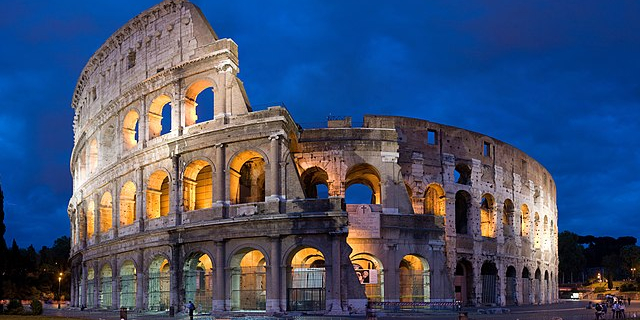

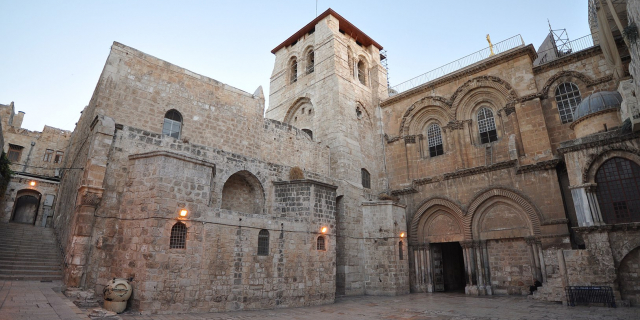

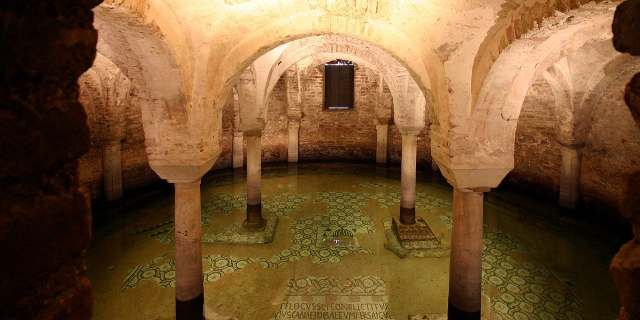
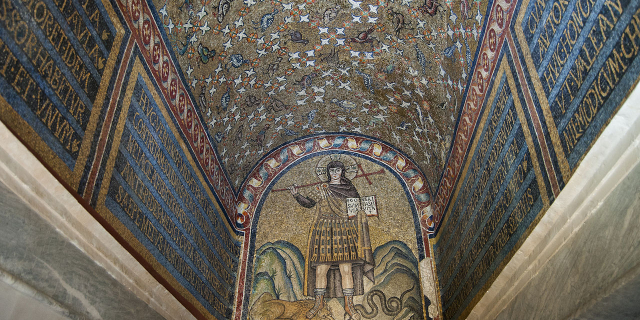


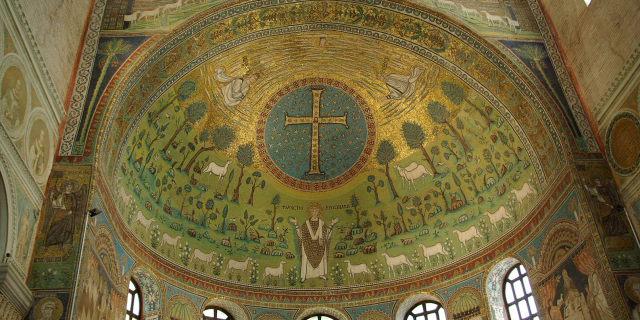
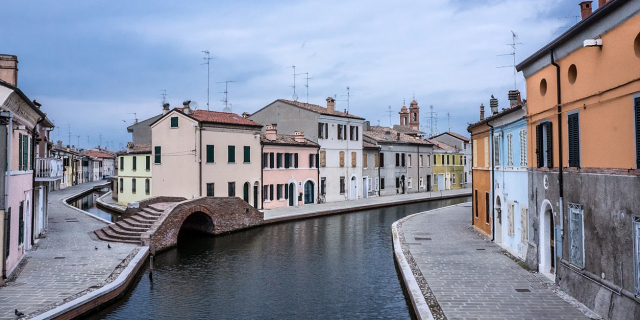

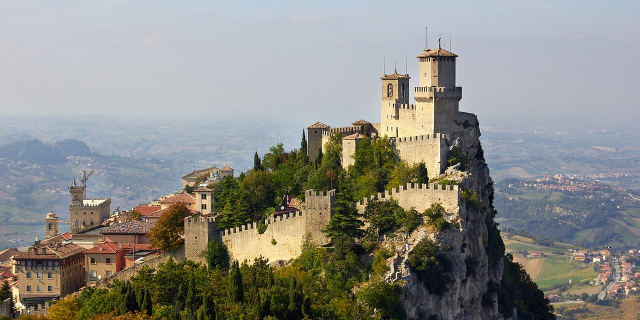




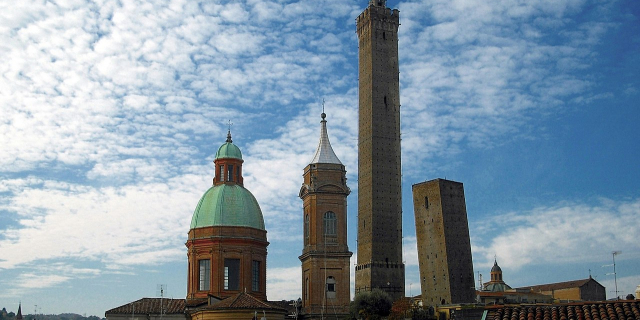









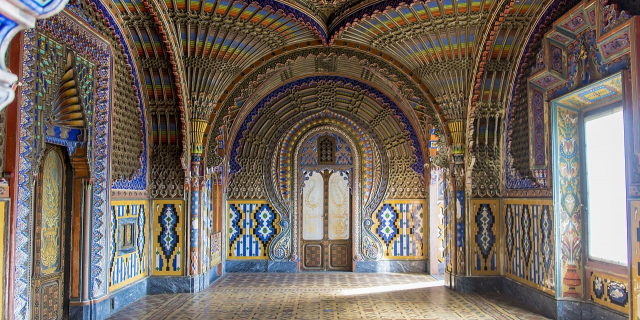
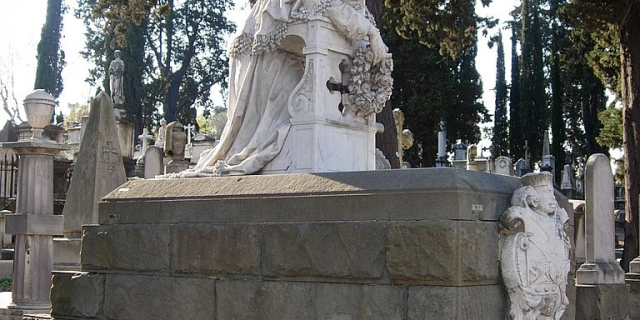
Add new comment